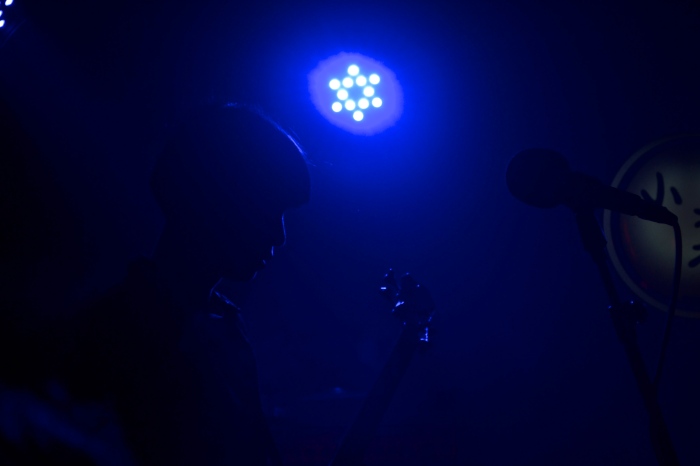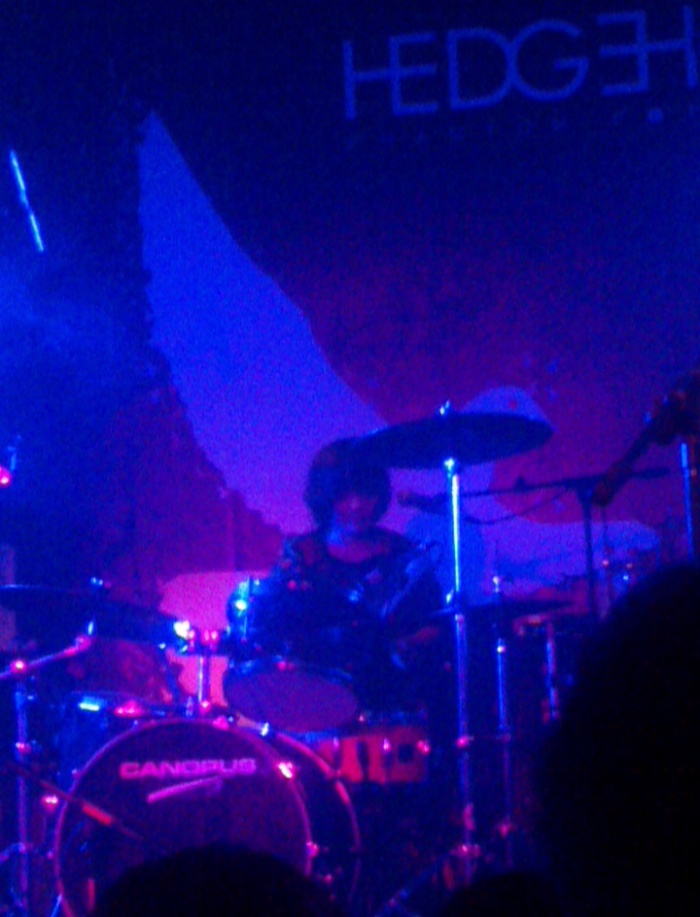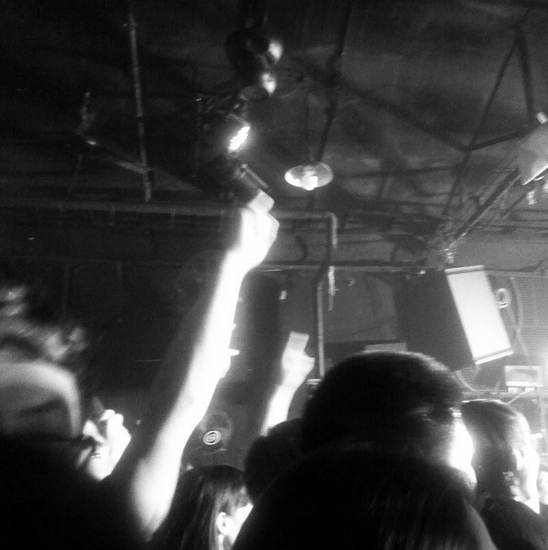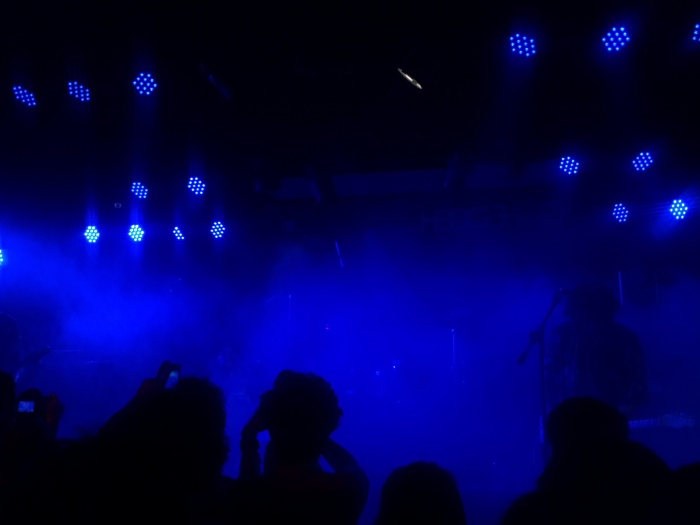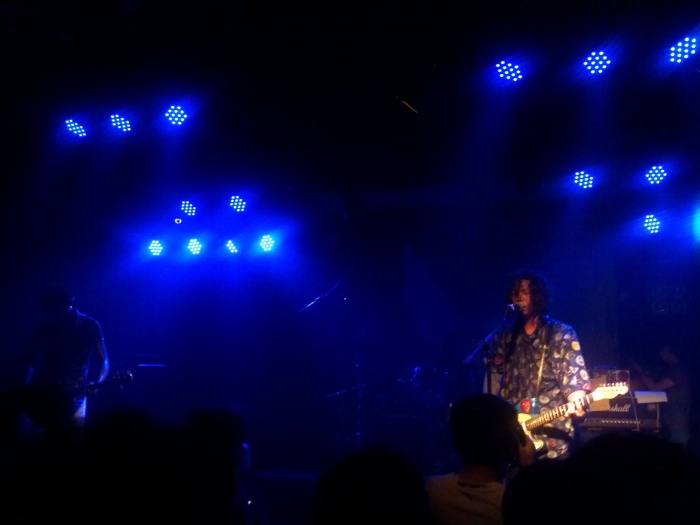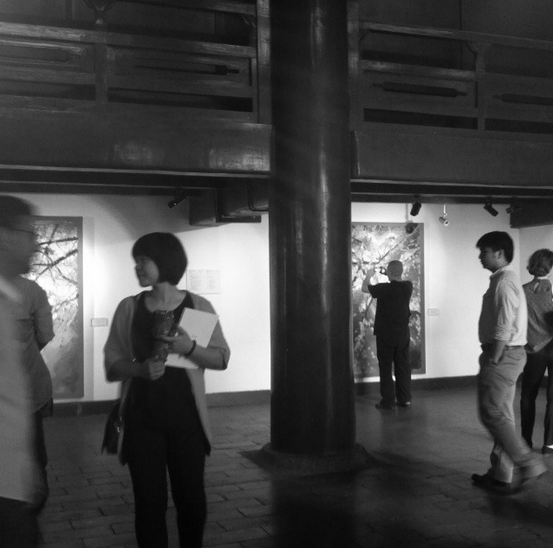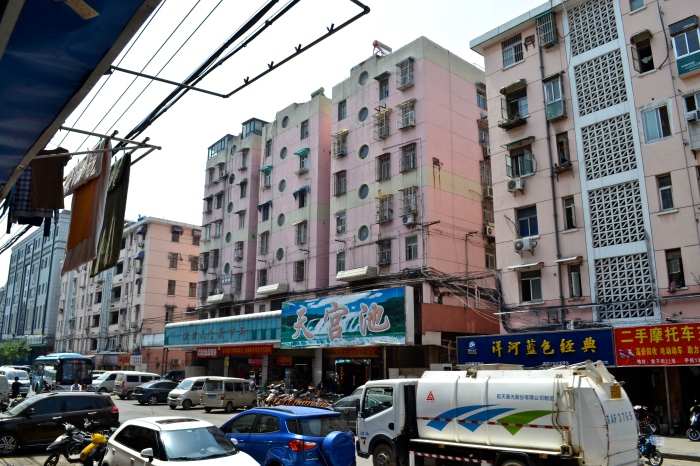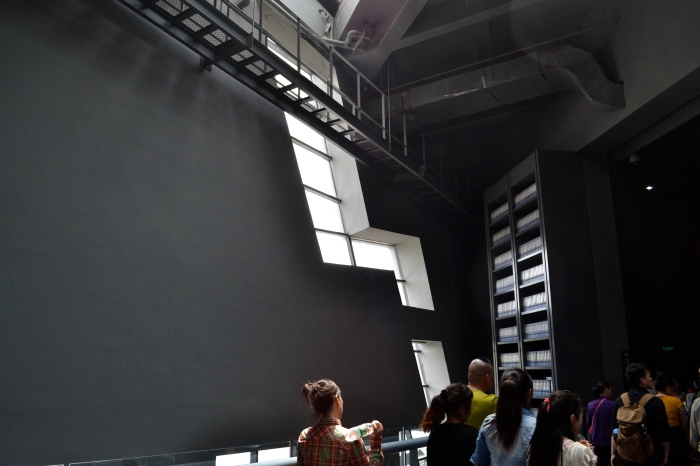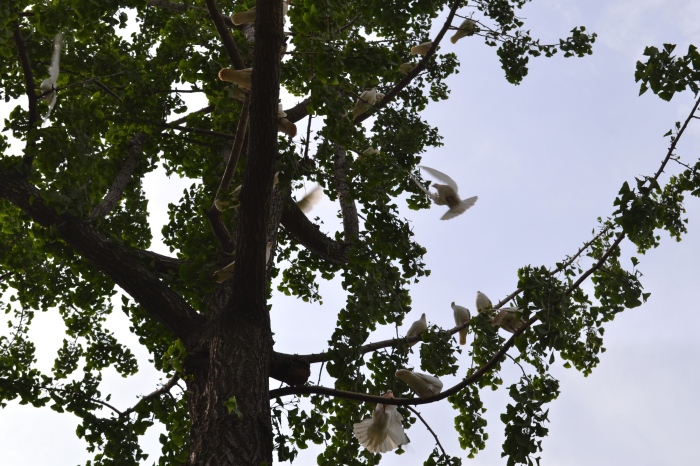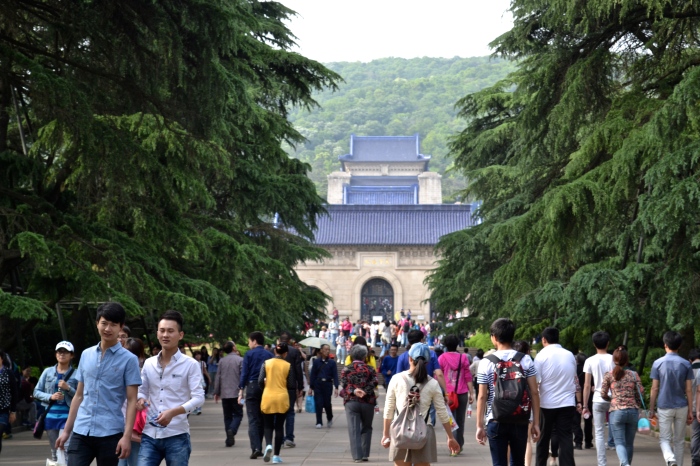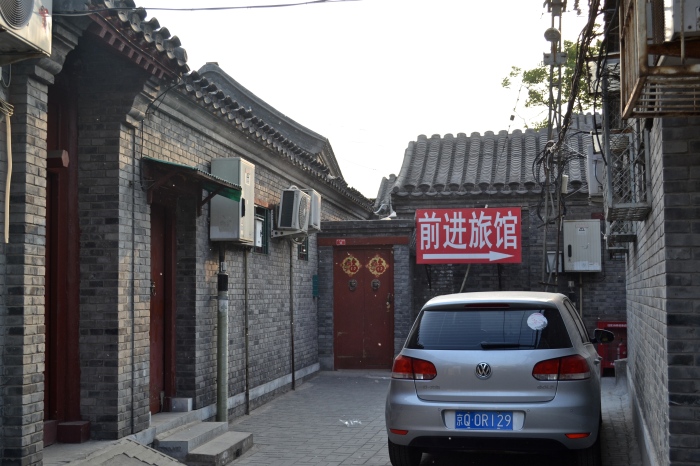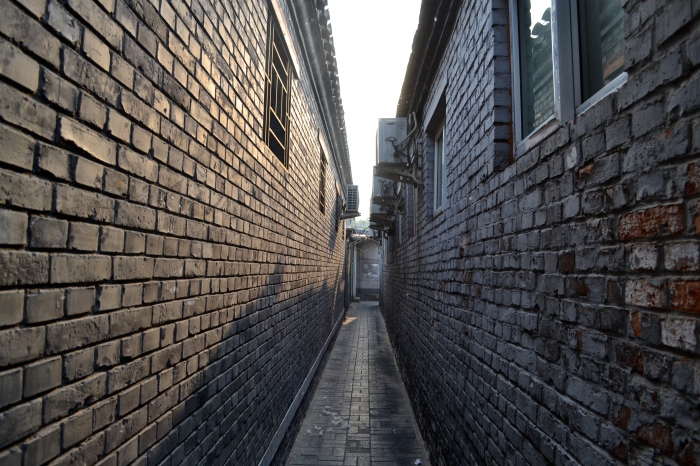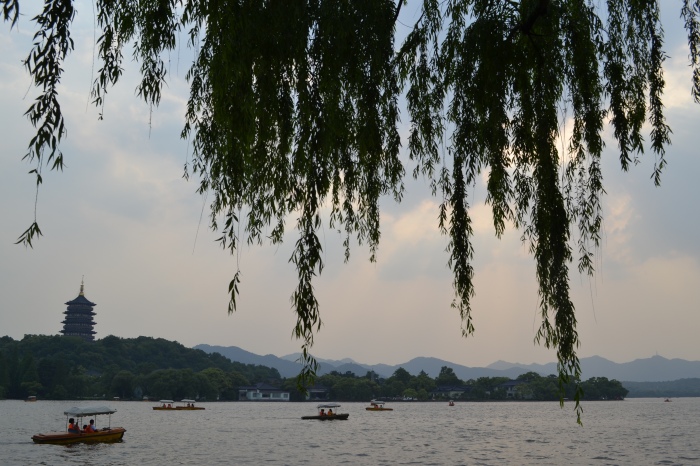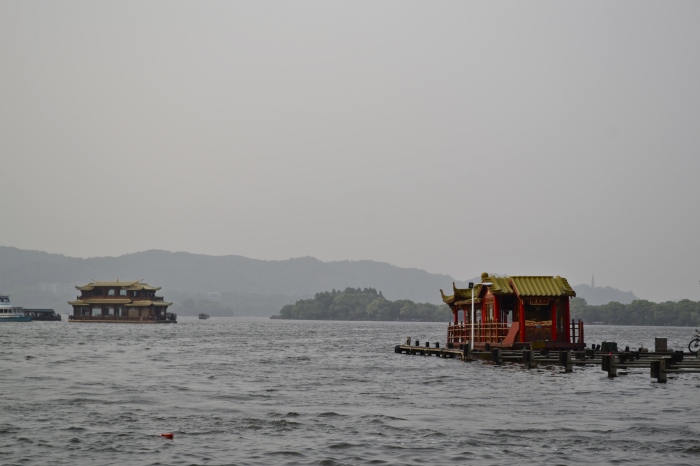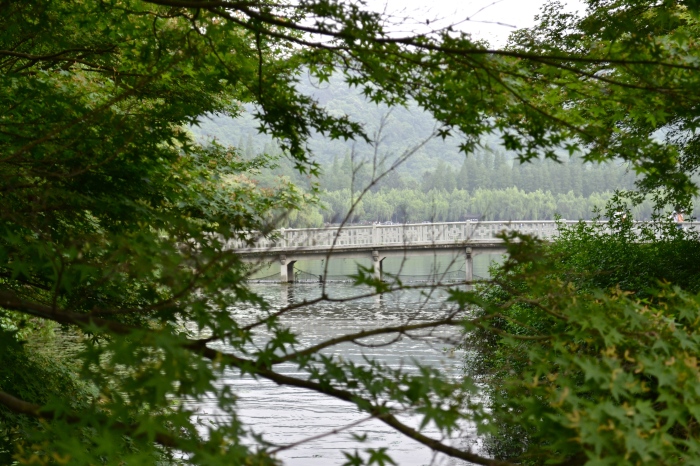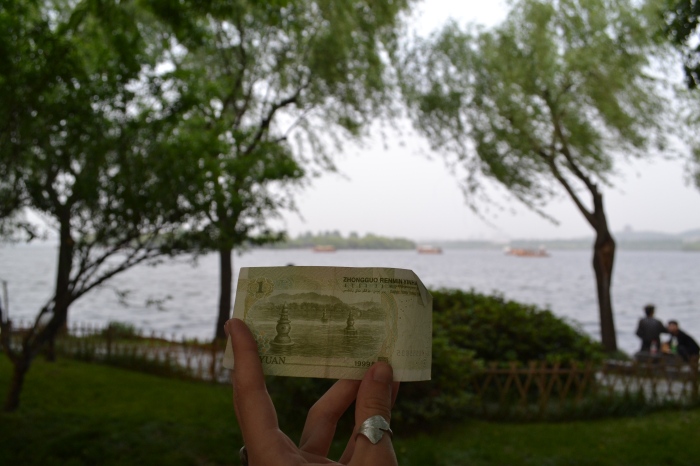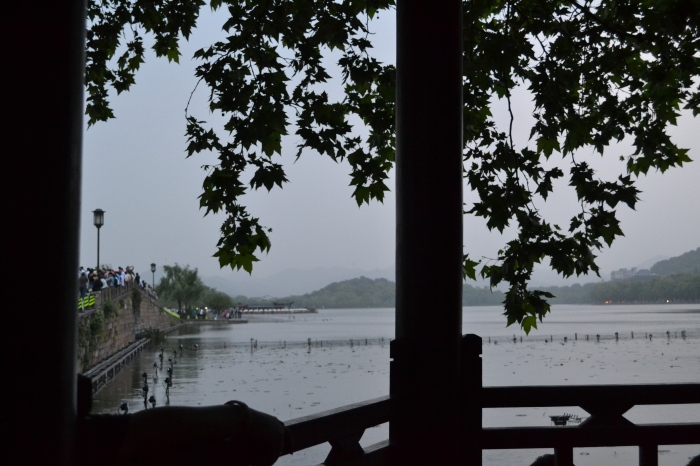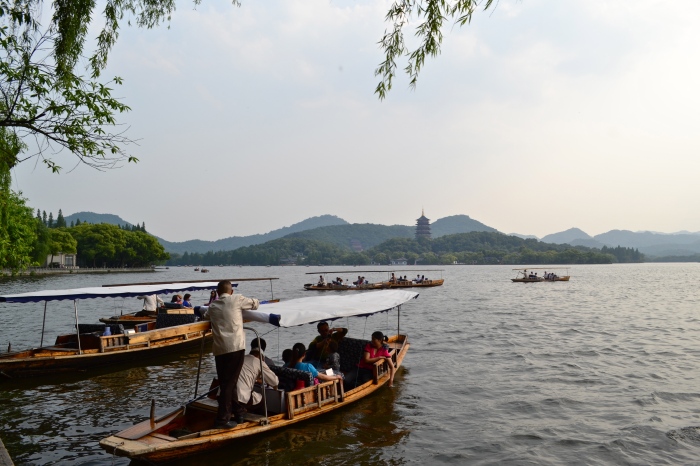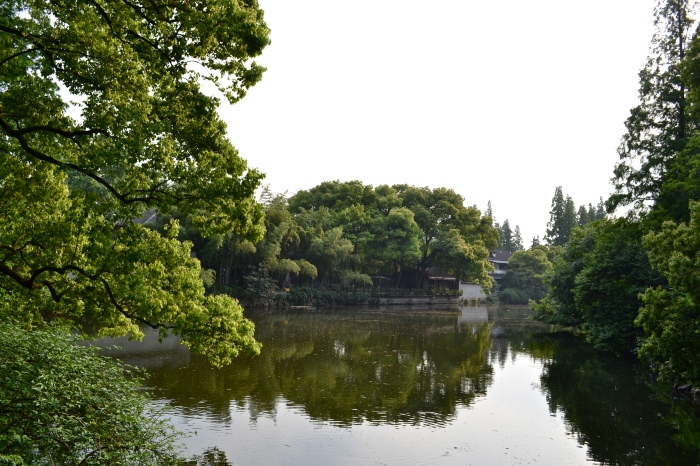This is another concert review, but when I put all the band names in the title it ended up being way too long. The other night at XP, Hong Kongers The Yours and the Taiwan band Forest were joined by Parallel Pyres, White+, and Chui Wan.
Unfortunately, I couldn’t stay for the whole show so I missed half of The Yours and all of Forest. Major bummer. But I was super happy to see Parallel Pyres, since I thought I had missed him for good, and of course Chui Wan, one of my absolute favorites.
Actually, my friend and I rushed in a bit of the way through Parallel Pyres as we had gotten stranded up the street in a wicked thunderstorm.
 It was a tree-branches-everywhere situation, though for part of the way some women let us share umbrellas with them, which was super nice.
It was a tree-branches-everywhere situation, though for part of the way some women let us share umbrellas with them, which was super nice.
Anyway, we were soaking wet when we got to the show and had to peace out on some chairs in the back until White+ came on next. But I really enjoyed Parallel Pyres. Unfortunately I don’t know much about the band, and I don’t know his songs well enough to give even a partial set list, but I find his jams to be of the pretty supreme variety. I would say Pyres is electronica, but it’s a very mellow, melodic electronica. Compared to White+, Pyres almost sounds organic to me, like something’s growing in the music.
You can check it out here. Kuo Kuo’s Ride is one of my favorites.
 This isn’t a good photo, but I like his expression here.
This isn’t a good photo, but I like his expression here.
Next up was more a tech-y electronica sound with White+. I saw an article yesterday that described White+ as “sparkling”, which I think is a totally accurate description. I like their very bright, very sharp sounds, like crisp electronic noise and clean keyboard notes.
 White+ played some stuff off the self-titled album, as well as some songs I’d heard at previous concerts but don’t know the names of (I’m not big into electronica, to be honest). For an opener, I thought it was a respectably long set, though I wouldn’t have minded a few more songs. I think White+ is one of those situations where I don’t listen to them much at home but I really enjoy them in concert. It’s really great to see lead guy Zhang Shouwang play live.
White+ played some stuff off the self-titled album, as well as some songs I’d heard at previous concerts but don’t know the names of (I’m not big into electronica, to be honest). For an opener, I thought it was a respectably long set, though I wouldn’t have minded a few more songs. I think White+ is one of those situations where I don’t listen to them much at home but I really enjoy them in concert. It’s really great to see lead guy Zhang Shouwang play live.
White+’s music is of the thickly-layered sounds variety, so watching him hop around looping tracks is really cool, as is hearing the songs start out minimally and then expand into these complex, melodic entities. Even though I’m not as into electronica, I really like layered music where you can pick one sound and follow its path through the song, or you can try to listen to every layer at once and let it sort of wash over you. In that sense, Andrew Bird and White+ actually have a lot in common, even though stylistically they’re very different.
 Next, Chui Wan.
Next, Chui Wan.
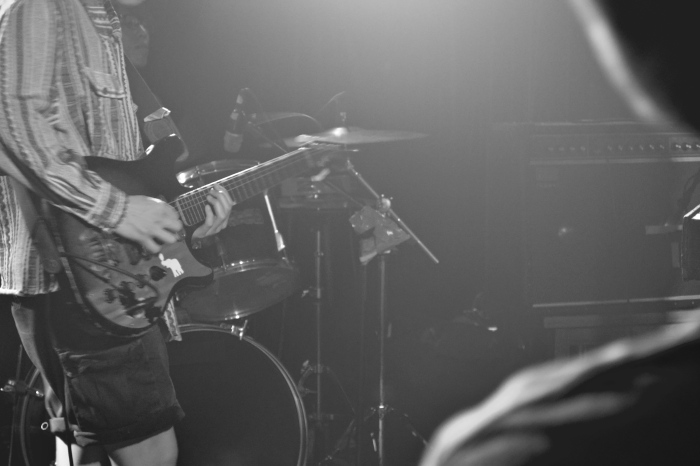 Lin Xinyu, guitar
Lin Xinyu, guitar
I don’t listen to them a ton on my own, but sometimes they come on my iPod and I’m like “damn I love this.” I really dig their brand of psychedelic noise rock, and they’re distorted, echo-y vocals.
 I do not know why lead singer Yan Yulong was wearing this
I do not know why lead singer Yan Yulong was wearing this
They played some of the heavier, harder stuff off the White Night album (unfortunately not my favorite slow, dreamy songs like Another Kind of Love) including No Matter If It’s a White Cat Or Black Cat.
They also played what I think was some new stuff. At least, I hadn’t heard some of it before, which doesn’t mean anything, but it’s been two years since their album came out so I imagine they’re starting to come up with some new songs. They did a song with Wu Qiong on vocals that I’ve definitely not heard before.
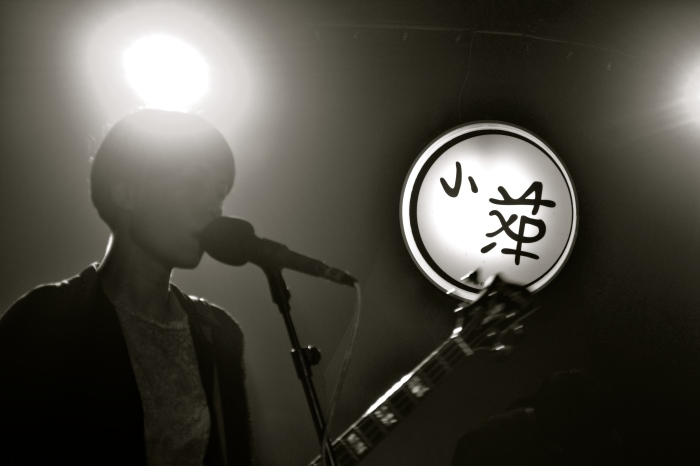 Which was beyoooooond great. I think Wu is pretty much phenomenal, so I was happy to see another side of her talent.
Which was beyoooooond great. I think Wu is pretty much phenomenal, so I was happy to see another side of her talent.
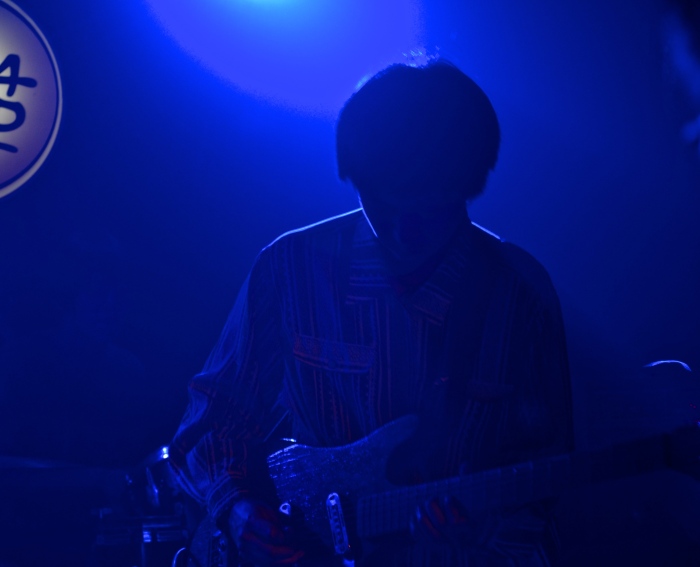 Unfortunately I was too far in the back to get pictures of The Yours, but they were great. Very noisy, very electric. I’m not usually into heavier rock, but I liked the energy a lot. Also unfortunately, I’m not very familiar with their music so I don’t feel like I have a lot to say here.
Unfortunately I was too far in the back to get pictures of The Yours, but they were great. Very noisy, very electric. I’m not usually into heavier rock, but I liked the energy a lot. Also unfortunately, I’m not very familiar with their music so I don’t feel like I have a lot to say here.
On the way back, we saw the damage from the storm. Because of the epic wind, there were sizable tree branches strewn around Gulou and then our apartment complex.
 And then there was this tree. If it had fallen the other way it would have fallen into a grocery store and apartment building, so thank goodness it fell into the street instead.
And then there was this tree. If it had fallen the other way it would have fallen into a grocery store and apartment building, so thank goodness it fell into the street instead.
In the coming week, I will try to do more that is not music-related, but I make no promises. Shows on Tuesday and Friday, but then my mom will be in town so I’ll be out seeing the daytime sights again soon enough. In the meantime, thanks for putting up with all the concert talk and definitely check out some of the music linked throughout the post.
